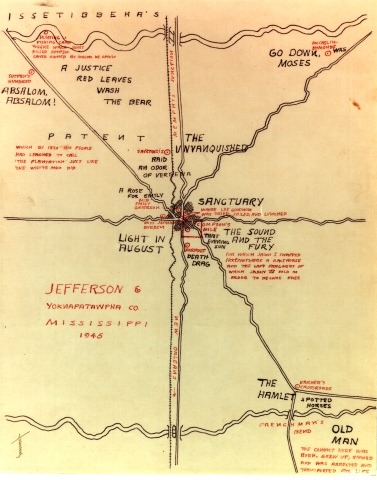The modernist movement of the early twentieth century grew in response to the more conservative Realist movement.” Perhaps the distinguishing feature of modernism is its determination to dispense with the past, in Ezra Pound's phrase "to make it new"” (Werlock). The romantic style focused on the imagined, whereas the modernist style searched for reason and actuality. The vast implications of the social world, including the increased study of psychology and philosophy inspired writers to turn their backs on conventional narrative. The teachings of Darwin, Marx, Nietzsche, Einstein, and Freud were considered as a form of groundwork for modernist thinking. The influx of rural migration to urban population created a social disjoint in the overcrowded cities. Morals of the past were clashing with the values of the new age. Ideas and technology were changing, which helped spur the modernist movement. Modernism was global phenomenon, but its effects were diverse and wide spread (Fargoli, Golay, and Hamblin). Techniques such as “stream of consciousness” narrative and interior dialogue were used to express stories from the perspective of the individual. Faulkner himself was a highly skilled practitioner of the technique. “Juxtaposition, irony, comparisons, and satire are elements found in modernist writing” (Quinn). The modernist perspective had many misgivings on the traditions of religion and government. Often times, the writer would explicitly make an observation on a social concept that opposed the status quo. War and the opposition to many aspects of the government created social distrust in the ruling system.“The breaking down of social norms, rejection of standard social ideas and traditional thoughts and expectations, objection to religion and anger towards the effects of the world wars, and the rejection of the truth are topics widely seen in this literary era. A rejection of history, social systems, and a sense of loneliness are also common themes” (Werlock).
Works Cited
Fargnoli, Nicholas A., Michael Golay, and Robert W. Hamblin. "Modernism and the works of William Faulkner." Critical Companion to William Faulkner: A Literary Reference to His Life and Work, Critical Companion. 2008. Bloom's Literary Reference Online. Facts On File, Inc. Tarrant County College Lib., Fort Worth, TX. Web. 11/11/2011. <http://www.fofweb.com/>.
Quinn, Edward. "Modernism." A Dictionary of Literary and Thematic Terms, Second Edition. 2006. Bloom's Literary Reference Online. Facts On File, Inc. Tarrant County College Lib., Fort Worth, TX. Web.11/11/2011. <http://www.fofweb.com/>.
Werlock, Abby H. P. "Modernism." The Facts On File Companion to the American Short Story, 2nd Edition.2009. Bloom's Literary Reference Online. Facts On File, Inc. Tarrant County College Lib., Fort Worth, TX. Web. 11/11/2011. <http://www.fofweb.com/>.


